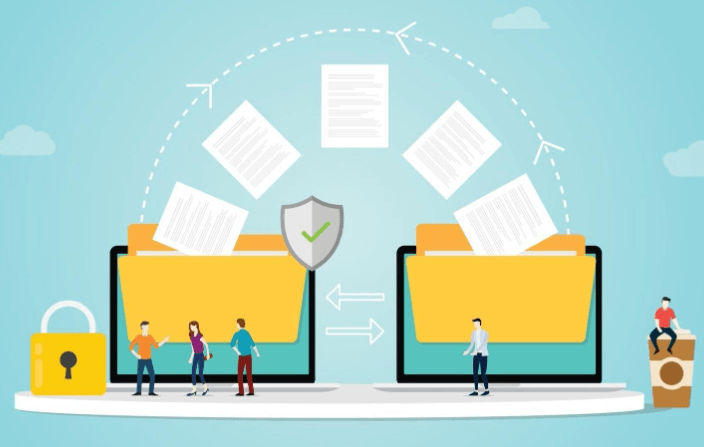Have you ever thought transferring shares online? You can make online transfer of as much money as you wish depending on your transaction limit. But you can’t make online transfer of shares lying in your demat account. The best you can do is to check the availability of shares lying in your account and that too with a time lag. To avail the NSDL facilities of SPEED-e, IDeAS, STeADY and DAN, you have to sign up with NSDL portal, prove your identity, undergo 2F authentication and so on. Why can’t we create a fintech ecosystem where shares could be transferred online by the demat account holder? Who is benefitting from this technological backwardness? Who is holding back NSDL/CDSL from doing this?
The DP system: How do you preserve shares? Either in physical form or in demat form. As per regulatory norms and ease of holding, shares are mostly preserved in dematerialized format only. You open demat account through a depository participant (DP). A depository participant is an agent of either National Securities Depository Limited (NSDL) or Central Depository Services (India) Limited (CDSL). NSDL and CDSL are two depositories of India which keep all the dematerialized stocks in their custody through their various agents called depository participants (DP). Most of the stock brokers are DP as well. Therefore, they open trading account as well as demat account.
The DIS booklet: You have a demat account with some DP. Your shares are lying in that demat account. You want to transfer them. What is the procedure? You will have to check for the cheque book given by you DP. Demat account cheque books are called Delivery Instruction Slip (DIS) booklet. As per regulatory norms, the DIS booklet has to be given with the account opening welcome kit itself. Most of the brokers take advantage of ignorance of client and don’t supply DIS booklet with welcome kit. If at all u have, you will have to fill in the DIS and sign it. Filling up the DIS is in itself a cumbersome task. You will have to find out ISIN number of the shares. After filling up the DIS slip, you will have to submit it to your DP. He will key in the details into DP system and affect the transfer. He may confront you with signature mismatch and wrong entries, overwriting and dormancy of account etc. If at all you are lucky, you may get the transfer done. Then comes the challenge of verifying whether those shares have reached into the demat account of the recipient. There is no such SMS system to alert the recipient. He will have to log in the DP portal to check it. If it has not reached the destination, there is no such provision of shadow reversal.
DP is a blind alley: The entire process of share transfer through DP is a blind alley. You handover the DIS slip to DP executive, sit at the reception and wait for the confirmation. DP system has several lacunae. It accepts overwriting, it can’t verify signature, it can’t verify the authenticity of the recipient. If this age-old system of DIS is done away with and demat account holders have the facility of transferring shares online, the third-party risk will go away. There are several instances, where DP has misused client shares for their own benefit, pledged these shares without consent of owner, sold the shares without approval and transferred shares to some un-intended demat account. All these mismanagements could be done away with once the customers are given easy online access to their demat account. The depositories may devise a robust system wherein online transfer of shares are permitted through 2F or 3F authentication and match the ease of online banking transaction.
No doubt, DP will lose its monopoly over transfer-mechanism of dematerialized shares and the income associated with it, but it will go a long way in demat account reforms. NSDL and CDSL are capable in implementing this. They are not executing this for the reasons best known to them.



